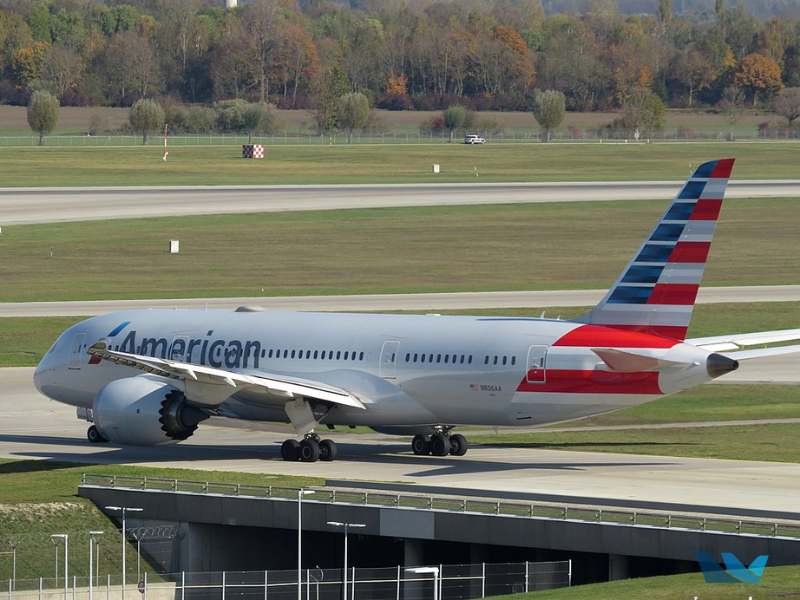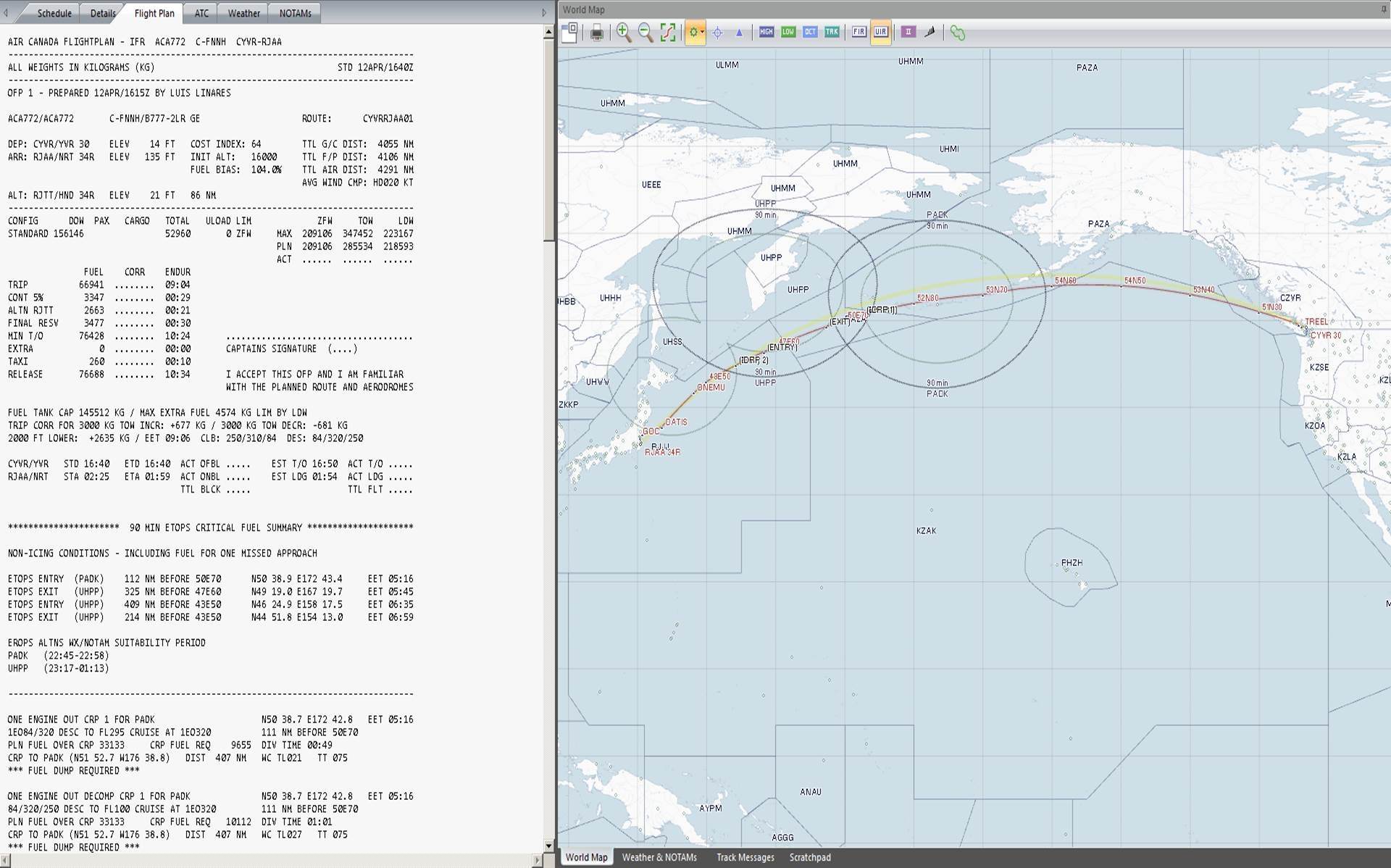Airline Flight Operations
Flight Dispatchers, Schedulers and the Flight Operations Center
Airline Flight Operations Control Centre. Or Ops. Or OCC. This is where the flight schedulers, Flight Dispatchers (not to be confused with Aircraft Dispatcher!) and flight planners ply their trade. More often than not, there’s also an Aircraft Maintenance desk known as “Maintrol” – where technical data also forms part of the real-time strategy.
This is an overview of the various roles and responsibilities involved in managing an airline’s flight operations under both FAA and EASA jurisdictions. For example Flight Dispatchers in the EU can be called Operations Controllers. We will discuss topics such as flight scheduling, aircraft maintenance, and crew management, as well as how these tasks differ between the two regulatory bodies.

There’s three main functions of Flight Operations.
Flight Scheduling:
The planning and coordination of the flight schedule. Such as flight hours for all crews. The utilization of aircraft assets, aircraft availability (as well as “spare” aircraft capacity), and crew scheduling to ensure efficient operations.
Aircraft Maintenance:
This involves ensuring that all aircraft are afforded adequate “downtime” in the flight schedule for its maintenance program to be performed. This includes daily checks all the way up to C and D-Checks. It should also include buffer for unforeseen technical issues
Crew Management:
Known as scheduling here in the states, this includes managing flight crews (Commercial Pilots and Flight attendants) involved in flight operations, as well as ensuring that they are adequately rested between flights. But it also includes covering off issues such as airline pilot line training, flight instructors check flights and fatigue management.
How Flight Operations Staff Impact Airline Business
Fuel Optimization
More than 40% of an airline DOCs (direct operating costs) expenses is JetA1 fuel. It is only surpassed by staff costs. Since fuel accounts for a sizable portion of running expenses, even simple changes can yield big savings. Flight planning is an art, until ATC turn everything upside down.
Crew Management & FRMS (Fatigue Risk Management System)
Sitting next to flight dispatchers are the crew schedulers, or Crew Controllers. They are responsible for the rosters and the continuous changes made due to the infinite number of factors that result in personnel changes. On top of this is the issue of fatigue, which requires hands-on experience of monitoring of staff over long periods and not just one day or one week of a roster period.
Leveraging Real-time Data
Weather, ATC delays, slot delays, aircraft “AOG” (Aircraft on Ground). Flight dispatchers use real-time data that enables them to be aware of delays as they develop so they can act to mitigate the effects.
Disruption Management
Disruption affects all airlines equally and is not discriminatory. When flights are delayed, canceled, or rerouted, the impact on passengers is significant since they expect to arrive at their destination on time. How soon and effectively you can bounce back from adversity is what counts most.
Aircraft Dispatch Reliability
Airline fleet planning, schedule planning, ground operations, and aircraft maintenance systems must work closely together to maximize aircraft utilization. Most airlines like to keep this figure at around 98-99%. This is not an on-time number, it is the % of time the aircraft is available to fly as and when its scheduled to do so.

Flight Dispatcher - The Role and Training
Flight Dispatchers (Operations Controllers) are responsible for the safe and efficient operation of an aircraft. They are responsible for ensuring that all flight operations comply with FAA regulations, as well as monitoring weather conditions, airspace restrictions, and other factors that could affect the safety of a flight. Additionally, they must coordinate with air traffic control to ensure that the aircraft is routed safely and efficiently.
Monitor weather conditions:
Flight dispatchers monitor weather conditions along the planned route and diversion airports and make any necessary adjustments to the flight plan.
Calculate fuel requirements:
Dispatchers calculate the fuel uplift needed for a given flight, taking into account factors such as altitude, speed, and payload of the aircraft.
Monitor aircraft performance:
Dispatcher and Maintrol Engineers monitor the performance of the aircraft during a flight and schedule inspections or checks if there are any warnings or reports.
Coordinate with air traffic control:
Dispatcher coordinate with air traffic control to ensure that all flights have slots are planned safely and efficiently.
Communicate with crew members:
Dispatchers communicate with flight crew members prior to the flight (and throughout a flight) to provide updates on weather conditions, changes in route, or other important information.

pilotinstitute
Are You Ready To Take Off?
Pass the FAA Private Pilot test with flying colors. Achieve your dreams of flying an airplane.
- The Aircraft Flight Dispatcher is an FAA licensed Part 65 airman certificated by the Federal Aviation Administration.
- He/She/They must be at least 23 years old (at the time of FAA Practical Exam)
- They both share joint responsibility with the PIC (Pilot in Command) for the safety and operational control of flights.
- Dispatchers regulate and control commercial airline flights according to jurisdictional regulations that ensure safety of flight.
- They are responsible for the operational control and must have sufficient training in flight operations. 24/7/365.
- Dispatchers analyze and evaluate meteorological condition to predict hazards to flight safety and to select the optimum flight route.
- They compute fuel required for the completion of flights, including diversions, according to aircraft type, distance, maintenance limitations, weather and minimum fuel requirements as dictated by FAA or EASA regulations.
- Dispatchers build and deliver flight plans, weather reports, field conditions, NOTAMS (Notices to Airmen), and other data required by the flight crews.
- Flight dispatchers sign a dispatch release which is the legal document required for each commercial flight.
- OCC will monitor weather, aircraft position reports to evaluate the progress of each flight.
- Dispatchers disseminate flight information to company outstations and are the sole source of information during incidents or accidents.
- They undergo initial and recurrent training and have completed both the oral examination and the FAA Dispatch ADX test. This testing is the same Air Transport Pilot (ATP) written and oral examination taken by pilots.

Flight Planning
The flight dispatcher drafts the airline flight plans, to be followed by flight crews. When making a flight plan, the dispatcher must take into account various elements, including the weather, airport constraints such as runway take-off and landing metrics and fuel/payload trade-offs. The dispatcher will make a detailed plan when all of these factors have been taken into account. This includes the route, altitude, speed, and anticipated time of arrival at each location. These plans can involve flights over large stretches of water and wilderness known as ETOPS.

Flight Crew Management (& Fatigue Risk Management)
Flight Crew Schedulers (and crew Controllers) are responsible for ensuring that flight crews are rostered in such a way that they adequately rested and prepared for their duties. They monitor flight duty times worked by each crew member to ensure they are not exceeding the maximum allowed. This includes factors such as time-zone changes on long-haul flights, positioning times and briefing times. In addition, they must also be aware of Fatigue Risk Management strategies in place and ensure that these are adhered to.
Here’s a great video on the topic from FedEx.

Sustainability Careers in Flight Operations
Hopefully, there are a lot of you out there that want change and seek to help. Why? because we need it. In all facets of the aviation industry. We need it in aircraft and powerplant design, energy as well as flight operations. Here are some of the roles within operations dedicated towards sustainability from an economic and compliance perspective.

TRAKRACER
Hone your aviation skills with these great flight simulator products from TrakRacer.
Get yourself in the sky today and feel what it’s like to be a pilot!
Environmental Manager:
Responsible for ensuring the airline meets all environmental regulations and standards, as well as developing strategies to reduce their environmental impact, using tools such as Corsia.
Sustainability Analyst:
Analyzes data related to the airline’s operations and makes recommendations on how to improve efficiency and reduce emissions.
Fuel Efficiency Engineer:
Develops strategies and suggests new technologies to increase fuel efficiency in aircraft operations.
Sustainable Aviation Specialist:
Advises the airline on sustainability initiatives, such as reducing waste, joining industry groups and associations, and keeping up to date on innovations.
Carbon Offset Specialist:
Develops plans for airlines to offset carbon emissions through investments in renewable energy projects or other initiatives.
